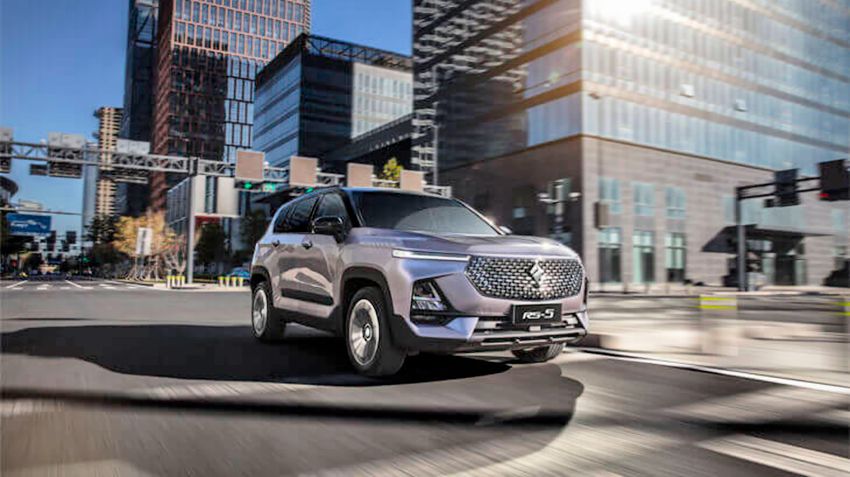GM is forced to save China's budget brand Baojun

11 October 2019
After the small brands in China, the fall sale is already solid local car brands
Unexpected prolonged downturn in the Chinese new car market poses a serious threat to the survival of many small domestic manufacturers.
Even General Motors had to come to the aid of a massive budget brand of cars, it created nine years ago in the form of a joint venture SAIC-GM-Wuling Automobile Co.
The Baojun brand was launched in 2010 in partnership between the automaker from Detroit and the Chinese concern SAIC Motor Corp., which had previously produced only vans under the Wuling brand.
While such a strategy of launching mass brand made sense.
In the entry level segment in the Chinese market was dominated by domestic brands such as Chery and Geely, which of course was much weaker GM from the perspective of R &D competencies.
Accordingly, the Baojun brand, created by local technical center GM and based on the American school of design cars, initially received a competitive advantage over local brands.
This business plan worked beautifully – so, for the next seven years, sales of the Baojun has grown by leaps and bounds because the manufacturer is continuously improving its model line.
In 2017 Baojun has become the second largest GM brand in China, second only to Buick, with its annual sales approaching 1 million.
Sudden decline in the Chinese new car market that began in mid-2018, and became the first major decline in nearly three decades, quickly turned Baojun in brake GM's sales in China.
For 2018 overall, while the total GM sales in China fell 9.9% to 3.64 million, Baojun sales fell 16% to below 840 thousand
In the first eight months of 2019 total GM sales fell by 20%, amounting to about 2.06 million While sales of the Baojun not reached 340 thousand, falling by 42% compared to the same period last year, according to SAIC and consulting company LMC Automotive. From GM there is no data, as it currently manifests its sales in China is only quarterly.
The main reason for the collapse of sales of the Baojun was the weakening of the Chinese economy.
In an economic downturn budget (or entry level) brands suffered much more than brands with a more prestigious market positioning.
Households with low income primarily cut spending on expensive durable goods such as cars at the very first signs of a recession in the economy.
To save Baojun, GM now intends to reposition the brand at a higher level. So, in January he launched Baojun new logo, which is made in the form of diamond brooches. It is expected that the new logo will be more attractive to young car buyers than the original logo, which according to marketing GM resembled a horse.

In the first half of this year, GM has released with the new logo Baojun already four models of crossovers at the top level. The initial prices for new models range from 84 800 yuan ($11 910) to 97 800 yuan.
Previously the starting price at the same range of products Baojun, including microvena, compact sedans, SUVs and MPVs ranged from 36 yuan to 800 75 to 800 yuan.
New products also received advanced the electronics, the driver assistance system (ADAS) and intelligent communication systems.
However, these innovations clearly failed to reverse the sharp fall in the sales of Baojun, is still ongoing.
Because few experts expect that Beijing and the administration of the trump will resolve the current trade disputes in the negotiations, resumed this week, it is expected that the growth of the Chinese economy will slow down in 2019, up 6.2% compared to 6.6% a year earlier.
This only adds to the difficulties GM faces in seeking to revive sales of the brand Baojun..
|
|
|
Element was not found.








